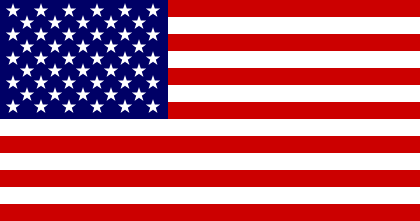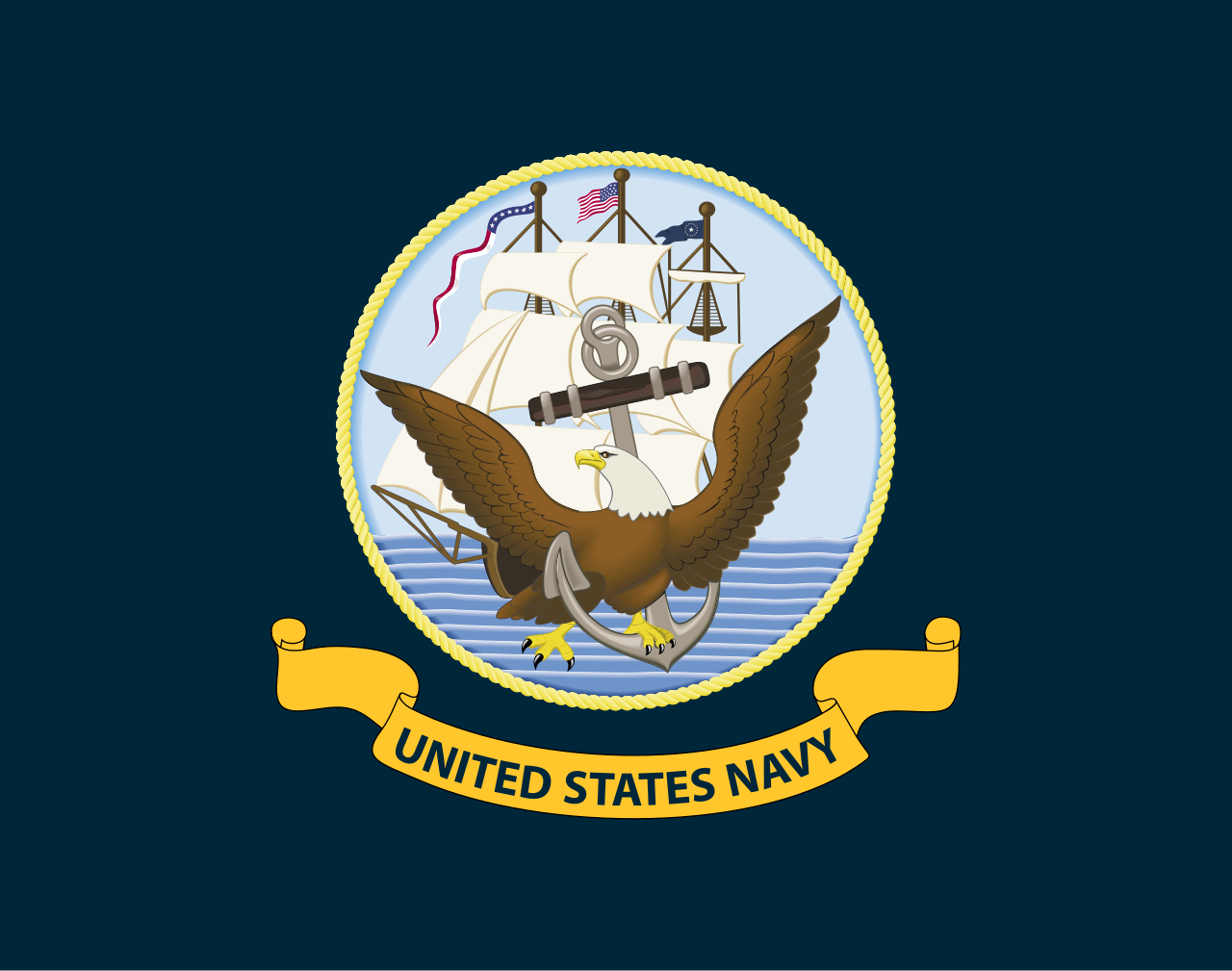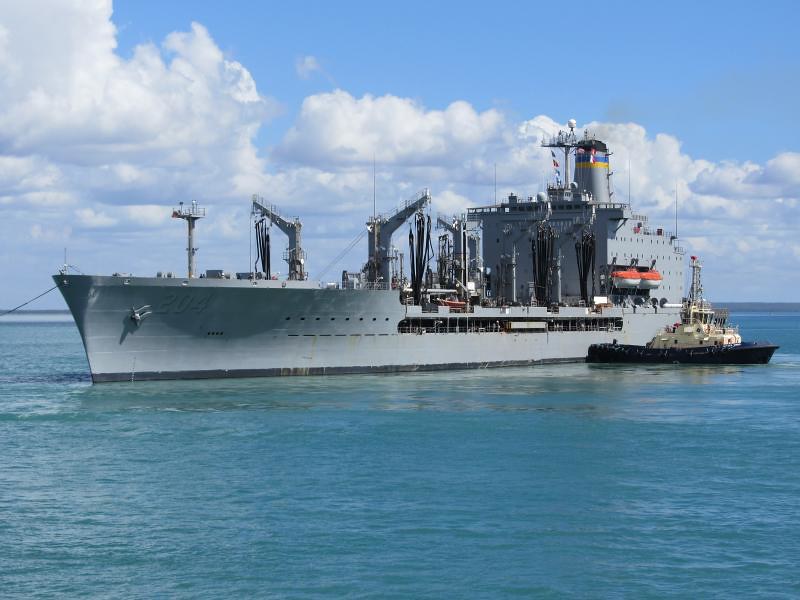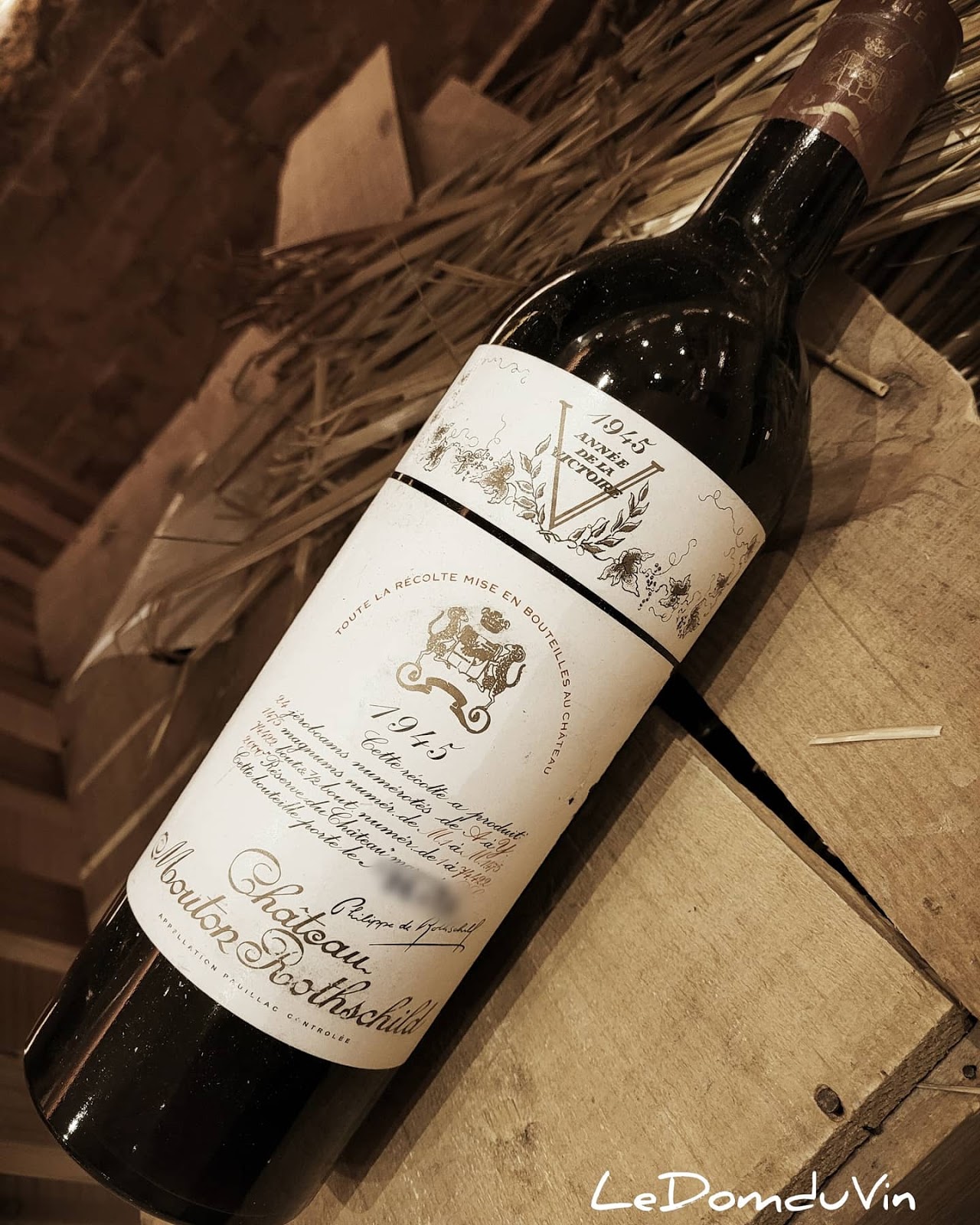- Jul 12, 2018
- 10,487

|
OPERATION SOVEREIGN SWORDS |
TOP SECRET |

| 
NAVY DEPLOYMENT | 
|
|
SECOND FLEET HEADQUARTERS
Vice Admiral Noah Irving
Vice Admiral Noah Irving
| Order of Battle | Personnel | Garrison |
| Second Fleet HQ Support Unit | 250 Personnel | Naval Support Activity Hampton Roads, Virginia |
| Naval Intelligence | 150 Personnel | Naval Support Activity Hampton Roads, Virginia |
TASK FORCE 101
Vice Admiral Noah Irving
Vice Admiral Noah Irving
| SHIP CLASS | VESSEL | COMPLIMENT | HOME PORT |
| Nimitz-class Aircraft Carrier | USS Nimitz* | Total: 6012 / Compliment: 3532 / Pilots: 250 / Support: 2,230 | Naval Support Activity Hampton Roads, Virginia |
| Enterprise-class Aircraft Carrier | USS Enterprise | Total: 5800 / Compliment: 3000 / Pilots: 250 / Support: 1,550 | Naval Support Activity Hampton Roads, Virginia |
| Ticonderoga-class Guided Missile Cruiser | USS Ticonderoga | 330 | Naval Support Activity Hampton Roads, Virginia |
| Ticonderoga-class Guided Missile Cruiser | USS Yorktown | 330 | Naval Support Activity Hampton Roads, Virginia |
| Ticonderoga-class Guided Missile Cruiser | USS Vincennes | 330 | Naval Support Activity Hampton Roads, Virginia |
| Ticonderoga-class Guided Missile Cruiser | USS Valley Forge | 330 | Naval Support Activity Hampton Roads, Virginia |
| Arleigh Burke-class Guided Missile Destroyer | USS Arleigh Burke | 303 | Naval Support Activity Hampton Roads, Virginia |
| Arleigh Burke-class Guided Missile Destroyer | USS Barry | 303 | Naval Support Activity Hampton Roads, Virginia |
| Arleigh Burke-class Guided Missile Destroyer | USS John Paul Jones | 303 | Naval Support Activity Hampton Roads, Virginia |
| Arleigh Burke-class Guided Missile Destroyer | USS Jeff Sessions | Total: 323 / Compliment: 319 / Pilots: 4 | Naval Support Activity Hampton Roads, Virginia |
| Arleigh Burke-class Guided Missile Destroyer | USS Richard Shelby | Total: 323 / Compliment: 319 / Pilots: 4 | Naval Support Activity Hampton Roads, Virginia |
| Arleigh Burke-class Guided Missile Destroyer | USS Ted Stevens | Total: 323 / Compliment: 319 / Pilots: 4 | Naval Support Activity Hampton Roads, Virginia |
| Arleigh Burke-class Guided Missile Destroyer | USS Frank Murkowski | Total: 323 / Compliment: 319 / Pilots: 4 | Naval Support Activity Hampton Roads, Virginia |
| Arleigh Burke-class Guided Missile Destroyer | USS John S. McCain | Total: 323 / Compliment: 319 / Pilots: 4 | Naval Support Activity Hampton Roads, Virginia |
| Arleigh Burke-class Guided Missile Destroyer | USS Jon Kyl | Total: 323 / Compliment: 319 / Pilots: 4 | Naval Support Activity Hampton Roads, Virginia |
| Arleigh Burke-class Guided Missile Destroyer | USS Ben N. Campbell | Total: 323 / Compliment: 319 / Pilots: 4 | Naval Support Activity Hampton Roads, Virginia |
| Spruance-class Destroyer | USS Spruance | Total: 334 / Compliment: 330 / Pilots: 4 | Naval Support Activity Hampton Roads, Virginia |
| Spruance-class Destroyer | USS Paul F. Foster | Total: 334 / Compliment: 330 / Pilots: 4 | Naval Support Activity Hampton Roads, Virginia |
| Spruance-class Destroyer | USS Kinkaid | Total: 334 / Compliment: 330 / Pilots: 4 | Naval Support Activity Hampton Roads, Virginia |
| Spruance-class Destroyer | USS Hewitt | Total: 334 / Compliment: 330 / Pilots: 4 | Naval Support Activity Hampton Roads, Virginia |
| Spruance-class Destroyer | USS Elliot | Total: 334 / Compliment: 330 / Pilots: 4 | Naval Support Activity Hampton Roads, Virginia |
| Spruance-class Destroyer | USS Arthur W. Radford | Total: 334 / Compliment: 330 / Pilots: 4 | Naval Support Activity Hampton Roads, Virginia |
| Los Angeles-class Submarine | USS San Juan | 110 | Naval Support Activity Hampton Roads, Virginia |
| Los Angeles-class Submarine | USS Pasadena | 110 | Naval Support Activity Hampton Roads, Virginia |
| Los Angeles-class Submarine | USS Albany | 110 | Naval Support Activity Hampton Roads, Virginia |
| Los Angeles-class Submarine | USS Topeka | 110 | Naval Support Activity Hampton Roads, Virginia |
| Los Angeles-class Submarine | USS Miami | 110 | Naval Support Activity Hampton Roads, Virginia |
| Los Angeles-class Submarine | USS Scranton | 110 | Naval Support Activity Hampton Roads, Virginia |
| Supply-class Support Ship | USNS Supply | Total: 600 / Compliment: 592 / Pilots: 8 | Naval Support Activity Hampton Roads, Virginia |
| Supply-class Support Ship | USNS Rainer | Total: 600 / Compliment: 592 / Pilots: 8 | Naval Support Activity Hampton Roads, Virginia |
| Supply-class Support Ship | USNS Bridge | Total: 600 / Compliment: 592 / Pilots: 8 | Naval Support Activity Hampton Roads, Virginia |
| Henry J. Kaiser-class Replenishment Oiler | USNS Henry J. Kaiser | 129 | Naval Support Activity Hampton Roads, Virginia |
| Henry J. Kaiser-class Replenishment Oiler | USNS Joshua Humphreys | 129 | Naval Support Activity Hampton Roads, Virginia |
| Henry J. Kaiser-class Replenishment Oiler | USNS Walter S. Diehl | 129 | Naval Support Activity Hampton Roads, Virginia |
DETAILS
Nimitz-class - Fully Fueled; Aviation reserves fully fueled; Non-perishable food/water for 3 month journey; Standard armaments including: x3 NATO Sea Sparrow Launchers (x8 RIM-7 Sea Sparrow loaded in each); x4 Phalanx CIWS; x2 RAM launchers (x21 missiles); Standard countermasures/decoys; Onboard: x500 M4A1 Carbine and associated ammo and x500 M1911 and associated ammo in barracks;
Aircraft: x70 Boeing F/A-18E/F Super Hornet and all of their necessary armaments and equipment; x5 EA-16G-Growler; x8 MH-60S; x5 Northrop Grumman E-2C Hawkeye; x2 C-25 Greyhound;
Enterprise-class - Fully Fueled; Aviation reserves fully fueled; Non-perishable food/water for 3 month journey; Standard armaments including: x3 NATO Sea Sparrow Launchers (x8 RIM-7 Sea Sparrow loaded in each); x3 Phalanx CIWS; x2 RAM launchers (x21 missiles); Standard countermasures/decoys; Onboard: x500 M4A1 Carbine and associated ammo and x500 M1911 and associated ammo in barracks;
Aircraft: x70 Boeing F/A-18E/F Super Hornet and all of their necessary armaments and equipment; x5 EA-16G-Growler; x8 MH-60S; x5 Northrop Grumman E-2C Hawkeye; x2 C-25 Greyhound;
Ticonderoga-class - Fully Fueled; Non-perishable food/water for 3 month journey; x8 RGM-84 Harpoon missiles; x2 5 in 62 caliber Mark 45 Mod 4 lightweight gun; x2 25 mm (0.98 in) Mk 38 gun; x4 .50 in (12.7 mm) cal. machine gun; x2 Phalanx CIWS Block 1B; x2 Mk 32 12.75 in (324 mm) triple torpedo tubes (standard reserve of Mk 54 torpedoes); Onboard: x30 M4A1 Carbine and associated ammo and x30 M1911 and associated ammo in barracks;
x2 61 cell Mk 41 vertical launch systems containing: x20 RUM-139C (Mrk 54 Torpedo); x200 (Quad packed) RIM-162A ESSM; x40 RIM-161B (SM-3 block IA); x12 RGM/UGM-109E Tomahawk Land Attack Missile; Standard countermeasures/decoys;
Countermeasures/decoys: Mark 36 SRBOC; AN/SLQ-25 Nixie;
Aircraft: x2 Sikorsky MH-60S.
Arleigh Burke-class (Flight II) - Fully Fueled; Non-perishable food/water for 3 month journey; x1 5-inch (127 mm)/62 Mk. 45 Mod 4 (lightweight gun); x2 20 mm Phalanx CIWS; x2 25 mm M242 Bushmaster chain gun; x2 Mk 141 Harpoon Anti-Ship Missile Launcher; x2 Mark 32 triple torpedo tubes: x1 per tube + full standard storage of Mark 54 torpedoes on ship; Onboard: x30 M4A1 Carbine and associated ammo and x30 M1911 and associated ammo in barracks;
90-cell Mk 41 VLS: x4 RUM-139C (Mrk 54 Torpedo); x100 (Quad packed) RIM-162A ESSM; x10 RIM-161B (SM-3 block IA); x51 RGM/UGM-109E Tomahawk Land Attack Missile;
Countermeasures/decoys: AN/SLQ-32(V)2 Electronic Warfare System; AN/SLQ-25 Nixie Torpedo Countermeasures; MK 36 MOD 12 Decoy Launching System; MK 53 Nulka Decoy Launching System; AN/SLQ-39 CHAFF Buoys.
Arleigh Burke-class (Flight IIA) - Fully Fueled; Non-perishable food/water for 3 month journey; x1 5-inch (127 mm)/62 Mk. 45 Mod 4 (lightweight gun); x2 20 mm Phalanx CIWS; x2 25 mm M242 Bushmaster chain gun; x2 Mk 141 Harpoon Anti-Ship Missile Launcher; x2 Mark 32 triple torpedo tubes: x1 per tube + full standard storage of Mark 54 torpedoes on ship; Onboard: x30 M4A1 Carbine and associated ammo and x30 M1911 and associated ammo in barracks.
96-cell Mk 41 VLS: x4 RUM-139C (Mrk 54 Torpedo); x100 (Quad packed) RIM-162A ESSM; x10 RIM-161B (SM-3 block IA); x57 RGM/UGM-109E Tomahawk Land Attack Missile;
Countermeasures/decoys: AN/SLQ-32(V)2 Electronic Warfare System; AN/SLQ-25 Nixie Torpedo Countermeasures; MK 36 MOD 12 Decoy Launching System; MK 53 Nulka Decoy Launching System; AN/SLQ-39 CHAFF Buoys;
Aircraft: x2 Sikorsky MH-60S.
Spruance-class - Fully Fueled; Non-perishable food/water for 3 month journey; x2 5 in 54 caliber Mark 45 dual purpose guns; x2 20 mm Phalanx CIWS Mark 15 guns; x1 8 cell NATO Sea Sparrow Mark 29 missile launcher; x2 quadruple Harpoon missile canisters; x2 Mark 32 triple 12.75 in torpedo tubes (standard reserve of Mk 46 torpedoes); x1 21 cell RIM-116 Rolling Airframe Missile; Onboard: x30 M4A1 Carbine and associated ammo and x30 M1911 and associated ammo in barracks;
x1 61 cell Mk 41 VLS: x61 RGM/UGM-109E Tomahawk Land Attack Missile;
Aircraft: x2 Sikorsky MH-60S.
Los Angeles-class - Fully Fueled; Non-perishable food/water for 3 month journey; x12 VLS tubes + x12 RGM/UGM-109E Tomahawk Land Attack Missile, x4 533 mm torpedo tubes + 13 Mk-48 torpedoes; Onboard: x30 M4A1 Carbine and associated ammo and x30 M1911 and associated ammo in barracks.
Supply-class - Fully Fueled; Fully-stocked with non-perishable food/water for 6 month journey of the entire fleet (on top of the resources the respective ships already have); complete storage of usable fuel for aforementioned vessels; complete storage of aviation fuel for aforementioned aircraft; x2 Sikorsky MH-60S; Onboard: x100 M4A1 Carbine and associated ammo and x100 M1911 and associated ammo in barracks.
Henry J. Kaiser-class Replenishment Oiler - Fully Fueled; Fully-stocked with non-perishable food/water for 6 month journey; complete storage of usable fuel for all conventionally-powered vessels for 6 month journey; complete storage of aviation fuel for all aircraft in the fleet for 6 month deployment; Onboard: x30 M4A1 Carbine and associated ammo and x30 M1911 and associated ammo in barracks.
|

| 
DEPLOYMENT ORDERS | 
|
|
CONTEXT
After weeks of planning, the first major deployment of the United States was ready to proceed. President Gore authorized the Navy to deploy "Task Force 101" which effectively consisted of the entire Second Fleet of the United States Navy. The Navy recommended that the President not break up the deployment of America's carriers, but instead send both of them as a show of force and to prevent a separation of America's critical assets. This meant than an exceptional amount of armed escorts, as well as logistical support, would need to be sent along with the carriers.
The deployment of Task Force 101 was done secretly from Naval Support Activity Hampton Roads in Virginia. After the ships were loaded, the deployment itself happened over the course of midnight to three in the morning when there was a minimal amount of civilian traffic in the area. Once at sea, the fleet would maintain a general level of readiness while drills were run on the various ships to simulate various scenarios. At all times there would be at least two E-2C Hawkeyes in the air (one from each carrier, rotating pilots after each flight) which would fly over the general vicinity of the fleet in order to use its radars to monitor the skies for any aircraft (the E-2Cs would be fully fueled and fly at the appropriate altitude and speed in order to properly operate. They would each be manned with: a pilot, co-pilot, radar officer, combat information center officer, aircraft control officer, and would land on their respective carrier before they were down to 10% of their fuel reserves). To assist the E-2Cs, all of the ships would use all of their passive and active radars and sonars to actively look and listen for threats (except for the submarines, which would only use their passive sonars to listen for outside activity; the submarines would maintain a depth of 1000 feet below sea level, but they would of course rise above that to safely be above the sea floor when necessary, and would avoid collision with each other). While out in the Atlantic, the formation would be large. The USS Arleigh Burke and USS Barry would lead ahead of the fleet by three miles, and travel at least 1000 feet apart - they would be actively looking for threats as the other ships, especially for subsurface threats. Meanwhile, the speed of the fleet would not exceed 20 knots for its trans-Atlantic journey, but individual ships (i.e. destroyers and cruisers) would increase their speed when necessary for defensive purposes. All of the ships would sail at a safe distance from each other with the carriers at the center of the formation, the cruisers forming a square around them (with considerably safe distance), the Arleigh Burke destroyers around this formation (except for the previously mentioned two), the oilers and supply ships following behind, the Spruances travelling in the back around the supply and oilers, and finally the submarines at least 1000 feet outside of the outer-perimeter ships. Throughout this operation, the oilers and supply ships would resupply the other vessels when needed (no ship would ever be allowed to get below 10% of their fuel reserves).
Task Force 1 sailed in the most direct route from the United States to the Straight of Gibraltar. From there, the USNS Henry J. Kaiser, USNS Joshua Humphreys, and USNS Walter S. Diehl would then break off from the fleet and head to Base d'aéronautique navale d'Aspretto (a French Navy Base) to replenish their fuel reserves. The French would be securely informed that the four oilers were coming to refuel. Meanwhile, the fleet would continue, but slow down if necessary, towards the south of Sardinia. After refueling, the oilers would rejoin the American fleet as they were before and would continue with the fleet to between Sicily and Malta and then south of Crete (roughly at 34.036377, 24.352030). This would be the rendezvous point. Throughout this entire journey, the United States would not enter the territorial waters of any country except for the United States or the United Kingdom.
ATLANTIC THEATER
The deployment of Task Force 101 was done secretly from Naval Support Activity Hampton Roads in Virginia. After the ships were loaded, the deployment itself happened over the course of midnight to three in the morning when there was a minimal amount of civilian traffic in the area. Once at sea, the fleet would maintain a general level of readiness while drills were run on the various ships to simulate various scenarios. At all times there would be at least two E-2C Hawkeyes in the air (one from each carrier, rotating pilots after each flight) which would fly over the general vicinity of the fleet in order to use its radars to monitor the skies for any aircraft (the E-2Cs would be fully fueled and fly at the appropriate altitude and speed in order to properly operate. They would each be manned with: a pilot, co-pilot, radar officer, combat information center officer, aircraft control officer, and would land on their respective carrier before they were down to 10% of their fuel reserves). To assist the E-2Cs, all of the ships would use all of their passive and active radars and sonars to actively look and listen for threats (except for the submarines, which would only use their passive sonars to listen for outside activity; the submarines would maintain a depth of 1000 feet below sea level, but they would of course rise above that to safely be above the sea floor when necessary, and would avoid collision with each other). While out in the Atlantic, the formation would be large. The USS Arleigh Burke and USS Barry would lead ahead of the fleet by three miles, and travel at least 1000 feet apart - they would be actively looking for threats as the other ships, especially for subsurface threats. Meanwhile, the speed of the fleet would not exceed 20 knots for its trans-Atlantic journey, but individual ships (i.e. destroyers and cruisers) would increase their speed when necessary for defensive purposes. All of the ships would sail at a safe distance from each other with the carriers at the center of the formation, the cruisers forming a square around them (with considerably safe distance), the Arleigh Burke destroyers around this formation (except for the previously mentioned two), the oilers and supply ships following behind, the Spruances travelling in the back around the supply and oilers, and finally the submarines at least 1000 feet outside of the outer-perimeter ships. Throughout this operation, the oilers and supply ships would resupply the other vessels when needed (no ship would ever be allowed to get below 10% of their fuel reserves).
Task Force 1 sailed in the most direct route from the United States to the Straight of Gibraltar. From there, the USNS Henry J. Kaiser, USNS Joshua Humphreys, and USNS Walter S. Diehl would then break off from the fleet and head to Base d'aéronautique navale d'Aspretto (a French Navy Base) to replenish their fuel reserves. The French would be securely informed that the four oilers were coming to refuel. Meanwhile, the fleet would continue, but slow down if necessary, towards the south of Sardinia. After refueling, the oilers would rejoin the American fleet as they were before and would continue with the fleet to between Sicily and Malta and then south of Crete (roughly at 34.036377, 24.352030). This would be the rendezvous point. Throughout this entire journey, the United States would not enter the territorial waters of any country except for the United States or the United Kingdom.
TRANSIT
FM>GM>HM>IM>JM>KM
|
Last edited:




